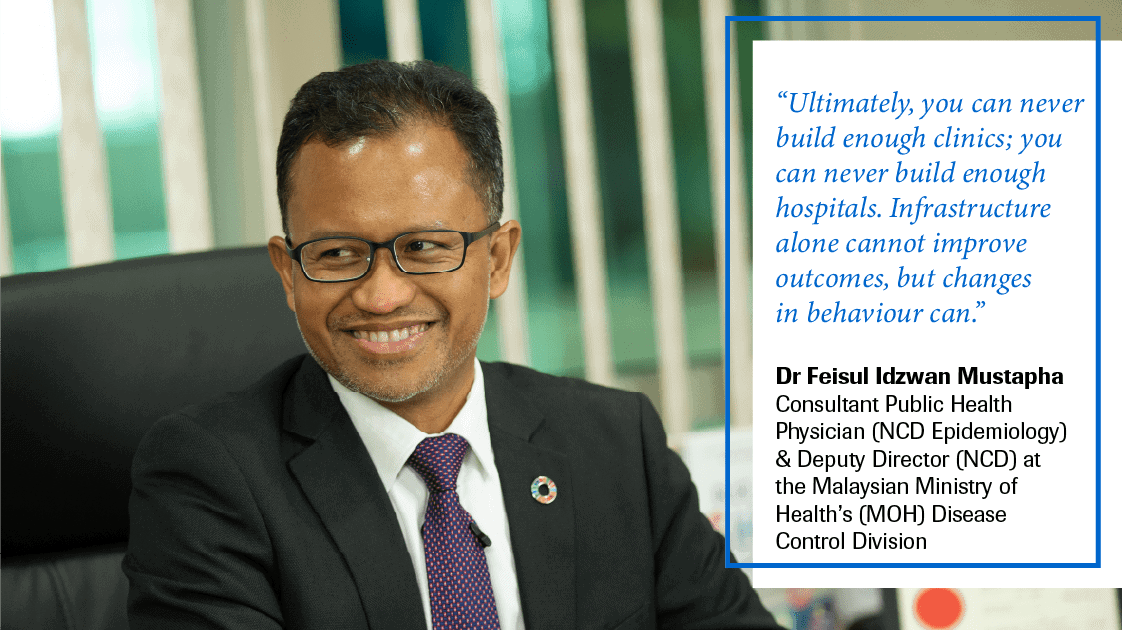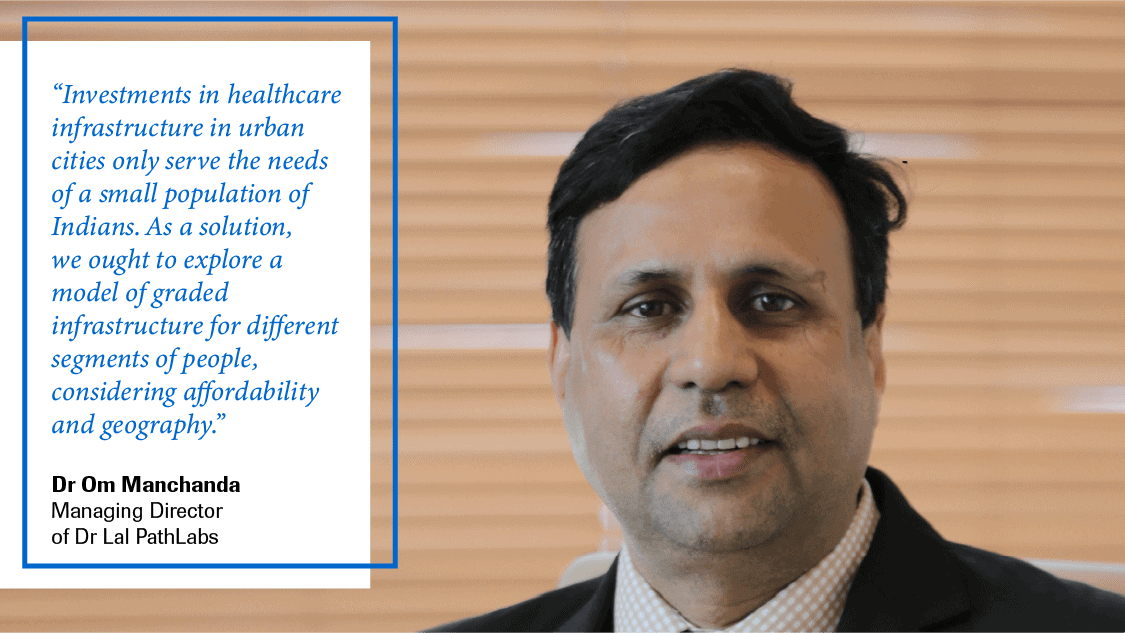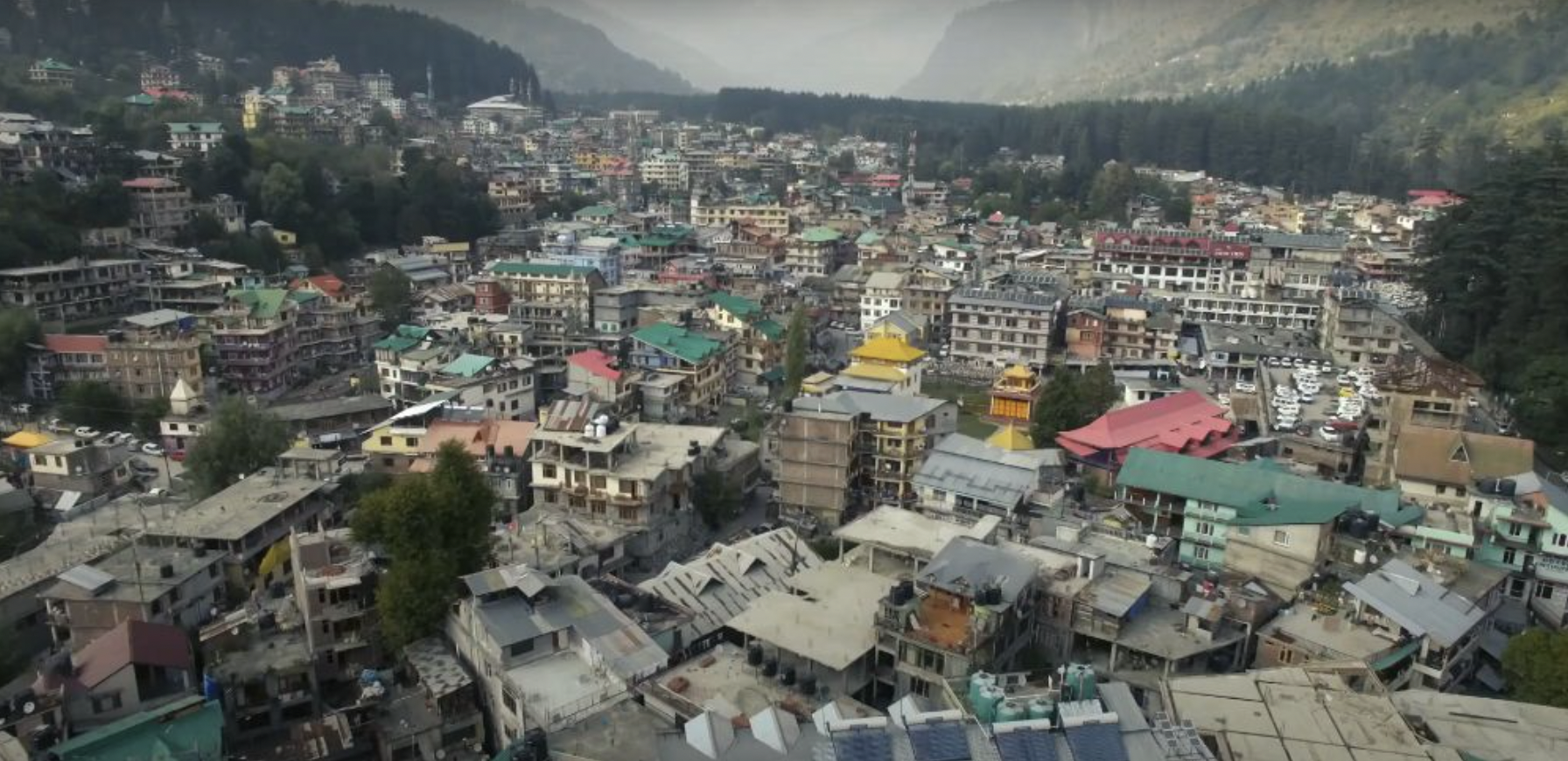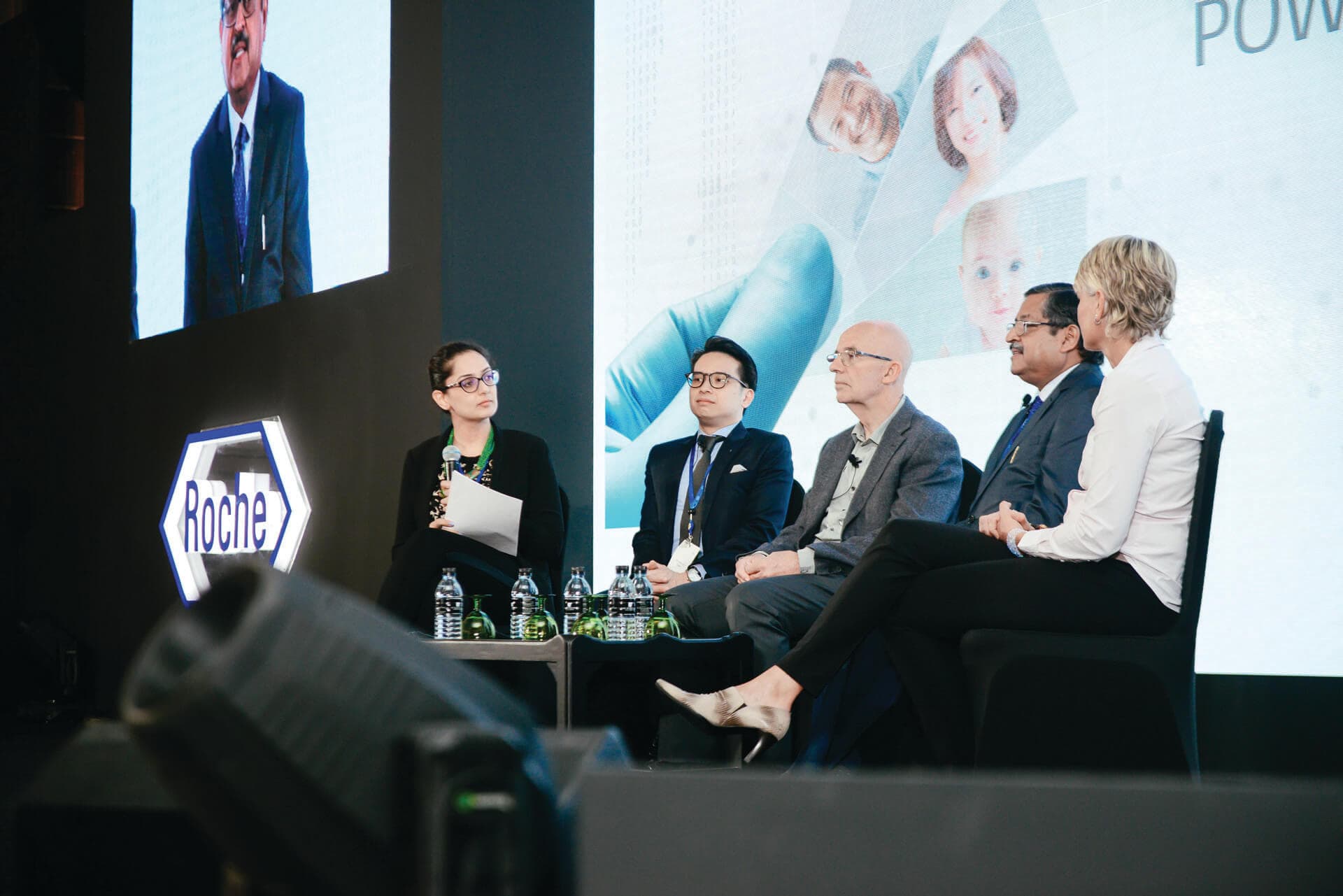In this article, Roche Diagram magazine looks into health inequalities, prevention measures via diagnostics, as well as the promises and limits of digital health.
Dr Tedros Adhanom Ghebreyesus, Director-General of the World Health Organization, summed it up well when he said, “health is a human right, not a privilege for those who can afford it”.1
While tremendous progress has been made globally and in Asia Pacific in the decades gone by, health inequalities have not only persisted but, in some cases, have widened.
Today, the region is home to more than half the world’s population and more than 50% of its disease burden.2 Non-Communicable Diseases (NCDs) like diabetes, obesity, cardiovascular disease and cancer have emerged as leading killers. With millions requiring lifelong care, health systems face relentless demand for their services and poor infrastructure can add to the complexity.
In the absence of universal health access, almost half of health spending is made out-of-pocket in lower-middle and low-income countries.3 According to some estimates, 100 million people are pushed into extreme poverty each year because of debts accrued through healthcare expenses, which is why Universal Healthcare can offer much-needed financial protection to vulnerable populations.4
There is no doubt that access to healthcare is a multi-dimensional challenge with no ‘one-size-fits-all’ solution. The level of access to healthcare varies widely from country to country and requires a concerted, multi-pronged effort to address existing challenges. Merely improving one aspect — such as infrastructure — without tackling the others, in the absence of sufficient doctors and nurses, is unlikely to deliver sustainable outcomes. And when it comes to the more complex treatments for NCDs like cancer, a multi-disciplinary approach requiring accurate and personalised cancer diagnosis, specialist skills and hospital infrastructure, becomes even more pronounced.
An ounce of prevention

Dr Feisul Idzwan Mustapha is a Consultant Public Health Physician (NCD Epidemiology) and the Deputy Director (NCD) at the Malaysian Ministry of Health’s (MOH) Disease Control Division.
Dr Feisul Idzwan Mustapha, Consultant Public Health Physician (NCD Epidemiology) and Deputy Director (NCD) at the Malaysian Ministry of Health’s (MOH) Disease Control Division, has seen the problem posed by NCDs firsthand. “Malaysia has been achieving success on a lot of health indices — for example, reducing maternal mortality and child mortality. However, a significant burden is the number of Malaysians suffering from NCDs. In particular, hypertension and diabetes which continue to increase.”
Through initiatives like Komuniti Sihat Pembina Negara (KOSPEN), Dr Feisul is focusing on addressing NCDs through public education and community-based screenings. “Ultimately, you can never build enough clinics; you can never build enough hospitals,” he says. “Infrastructure alone cannot improve outcomes, but changes in behaviour can.” His hope is more targeted public education at the community level, which depends on building coalitions throughout grassroots activities.
Dr Feisul also believes diagnostics is critical to stemming the economic and societal costs of illnesses. “We have finite resources just like any other country so decisions always have to be based on what can create the most value, the most impact. Early diagnosis can help us to reduce healthcare costs.” But there is also a human element.
“For our people, for those living with a disease like diabetes, such timely interventions can help them to maintain better control over their disease, which gives them a better quality of life. Better health means a better society,” he says.
“Beyond NCDs, the role of diagnostics is particularly important during disease outbreaks,” he adds. Robust diagnostic capabilities can determine the speed and effectiveness of a country’s response. “If we can test the population effectively, we can reduce the prevalence and spread of certain communicable diseases,” he suggests.
This is where policy is key to making widespread diagnostics possible. Talking about Malaysia, Dr Feisul says, “Political intention is crucial. In the two decades of my life in public health and policy, I have seen several recommendations made. The successful ones have been those where action was taken.”
The promise (and limits) of digital health

Dr Om Manchanda is the Managing Director of Dr Lal PathLabs, an international service provider of diagnostic and related healthcare tests that is based in Delhi.
One such area is digital health, which has found itself on the radar of many governments and policymakers in recent years.
In India, where Dr Om Manchanda is Managing Director of Dr Lal PathLabs, 70% of residents live in rural areas where infrastructure is cost-prohibitive. “Digital technology can bridge this gap.” But he cautions, to prevent misuse or frauds, “a well-thought-through regulatory framework, patient education, and public awareness are key”.
In a vast country like India where the urban-rural divide cannot be solved easily, a tailored approach, using digital technologies where necessary, according to Dr Manchanda, could be the answer. “Investments in healthcare infrastructure in urban cities only serve the needs of a small population of Indians. As a solution, we ought to explore a model of graded infrastructure for different segments of people, considering affordability and geography,” he says, pointing to the Indian Railways, which offer different fares for different tiers of service even though the destination is the same for all passengers. “In healthcare, this ‘destination’ should be equitable quality for anyone who accesses care.”
Meanwhile, Dr Feisul says that in Malaysia, the initial investment in digital technology is a struggle. “Digital health requires a substantial investment upfront,” he says, “and the savings are 10, 15, 20 years down the road. Maybe the solution is about not just making sure it’s easy for people to access healthcare, but that fewer people will use it unnecessarily.”
Dr Manchanda says in countries such as India, “the policies and processes to facilitate the change required to make digital solutions commonplace are not yet established”. He urges a “methodical and planned” process to address the disorganisation within the system.
Read more about digital technology in healthcare.
Uniting the public and private sectors

Dr Myat Kyaw Thu is a Director at Asia Royal Hospital a private Cardiac & Medical Care Centre located in Yangon.
In Myanmar, where Dr Myat Kyaw Thu serves as Director of Asia Royal Hospital, the private sector has an important role to play. “Twenty years ago, you could count on one hand the number of private hospitals in Myanmar,” he says. “Today, the growth of the private sector is very important. It relieves an enormous burden of the government, and recently, public-private initiatives have been instituted to meet the needs of patients.”
Providing basic healthcare for citizens in public and private hospitals is the overarching goal of the country’s Universal Healthcare program, so that by 2025 all citizens will have some form of basic health care, “Recently the government has started a social security program for all citizens where the cost of a hospital stay is totally subsidised by the government,” Dr Thu says. “This is just the beginning of such a partnership.”
Ultimately, no matter who is funding or overseeing it, Dr Feisul says that the care of the future must be more preventative in nature. And, he adds, it must be more personal than a mass-market campaign. “People talk about precision medicine when it comes to drugs, but we need to think along the same lines when it comes to behavioural interventions.” It will not be simple, he acknowledges. But it will be necessary if Asia is to overcome the challenges that it faces today — and in the future.
To what degree it succeeds will depend on the willingness of the public and private sectors to cooperate in new and innovative ways.
*The information contained in this article was extracted from Edition 2020, Vol 7.






